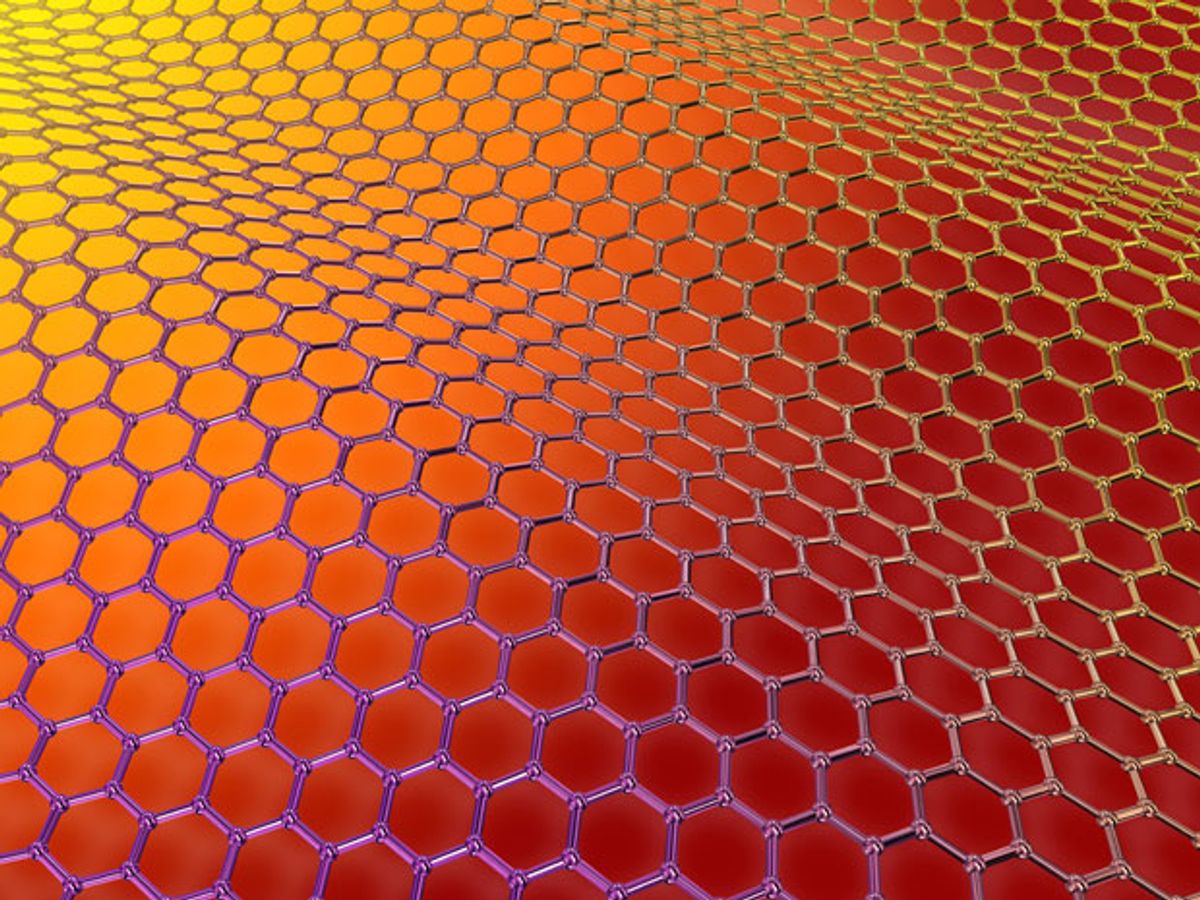While graphene is often suggested as a replacement for silicon in next-generation computer chips, it could make a more immediate impact as better wrapping for copper wires on today’s silicon chips.
Researchers at Stanford University have found that by wrapping graphene instead of tantalum nitride around the copper wires of computer chips boosts speeds in the chips by 30 percent.
“Researchers have made tremendous advances on all of the other components in chips, but recently there hasn’t been much progress on improving the performance of the wires,” said H.-S Wong, who led the research, in a press release.
The tantalum-nitride sheathing that is currently used on copper wires in chips serves two functions. One is to help conduct electricity and the other is to isolate the copper from the silicon on the chip. Unlike the outer sheathing used in household copper wires, where the wrapping prevents the wires from electrocuting us, the tantalum nitride ensures that copper atoms do not contaminate the silicon transistors.
In the research, which was presented this week at Symposia of VLSI Technology and Circuits in Kyoto, Japan, the scientists disclosed that they could achieve this same isolating function using a graphene wrapping that was eight times thinner than the tantalum nitride.
In addition to being a much thinner sheathing, the graphene wrapping also served as an auxiliary conductor of electrons. In operation, the electrons jump down the lattice structure of the graphene from one carbon atom to the next and still effectively keep the copper atoms from contaminating the silicon.
Of course, the copper wires themselves are the pathways on which the data processed on the chips are transmitted. If you can improve the speed of the copper wires, you can transmit more data through them and speed up overall chip performance.
The researchers estimate that if you replaced the tantalum nitride wrappings with graphene ones on the copper wires in today’s computer chips, the improvements would be modest—in the range of four to 17 percent faster wire speeds.
However, as transistors and chip dimensions continue to shrink, the researchers believe this new graphene sheathing could increase wire speeds by 30 percent within the next two generations of computer chips.
Wong added: “Graphene has been promised to benefit the electronics industry for a long time, and using it as a copper barrier is perhaps the first realization of this promise.”
Dexter Johnson is a contributing editor at IEEE Spectrum, with a focus on nanotechnology.



